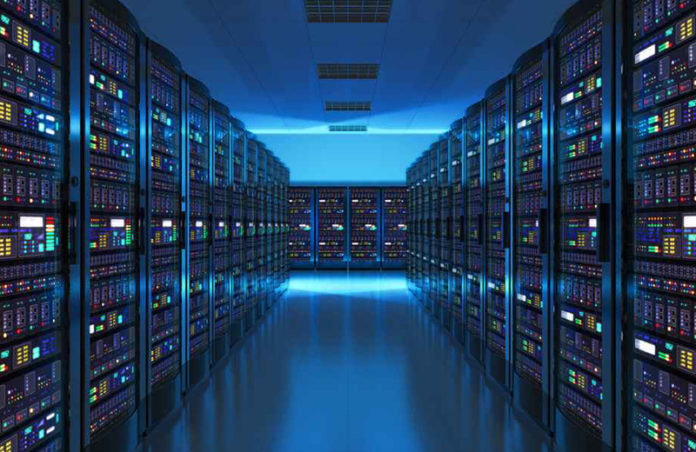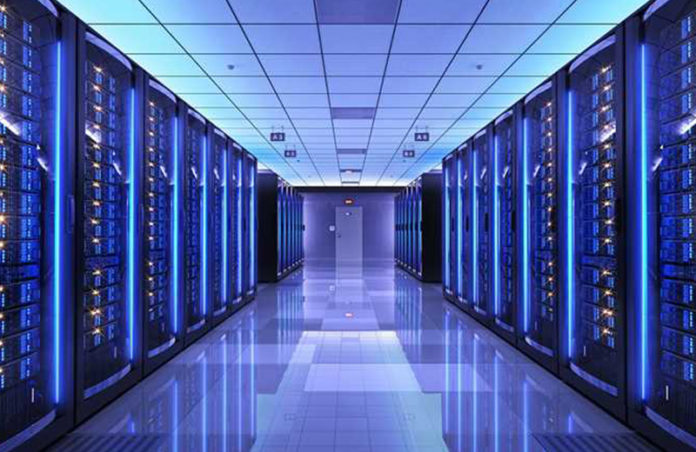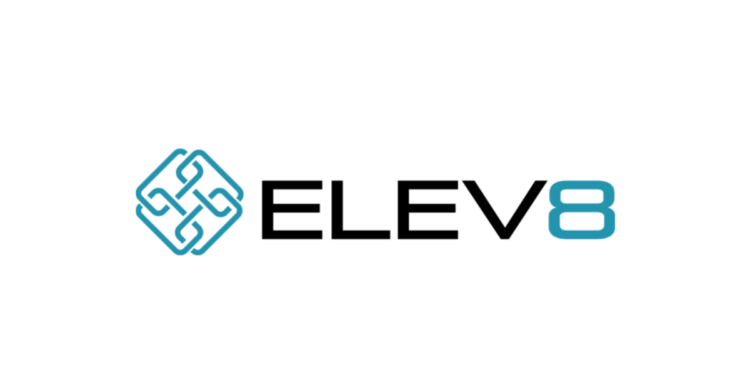Top IT Storage Trends to Anticipate in 2022

With 2021 behind us, we look forward to an exciting 2022 in the storage market. Cyber resilience, AI, supercharged application and workload performance and availability, and reduced OPEX and CAPEX in today’s hybrid cloud and containerized world – all of these come together to frame the next 12 months.
Understanding these enterprise storage trends will give you an advantage and aid in the development of your future strategic IT plan. Read on to find out what’s in store for you in 2022.
Trend #1: THE critical nature of data and cyber resilience from the storage estate within the corporate/company cybersecurity strategy
The threat of cyber-attacks has reached such fever pitch that in the mid-2021 Fortune 500 CEO survey, 66 percent of CEOs named it their top business threat. Similarly, in a March 2021 KPMG CEO survey, CEOs ranked cybersecurity as their top concern. According to security analysts, the average number of days it takes to detect and contain a data breach is 287.
Cybercriminals will relentlessly launch cyberattacks if an enterprise or service provider lacks data and cyber resilience. In short, the question is not “IF” you will be the victim of a cyberattack, but “WHEN” and “HOW OFTEN.” Being prepared entails having data and cyber resilient storage as a critical component of your organization’s corporate cybersecurity strategy.
Trend #2: Embedding AI technology throughout the storage system, as well as software-defined storage and modern data protection infrastructure.
Storage technology is still an important foundation for optimizing the performance of AI applications, workloads, and use cases. In 2022, however, the incorporation of AI technologies across storage systems and software-defined storage will deliver superior value, significantly reduce CAPEX and OPEX, and improve real-world performance across all applications and workloads.
AI will be used to build storage systems and SDS in 2022. This trend will fully utilize the power of AI for your storage estate.
Trend #3: Integration of storage technologies into off-prem environments based on hybrid and container technologies
The transition to hybrid cloud and container technologies will continue at a rapid pace. With many workloads migrating to hybrid cloud environments, it will be critical to have infrastructure that supports core, edge, and cloud, as well as the virtualization layer and the container layer across a hybrid environment.
This will improve enterprises’ ability to provide the right end-user services with the right SLAs for their business. In 2022, the importance of having hybrid cloud integration capabilities will skyrocket. Enhancements are also being implemented, such as logical air-gapping (both local and remote), which is an essential component of a hybrid cloud cyber security strategy.
Trend #4: Leveraging storage technology to ensure application and workload performance and availability
Storage is just as important as servers when it comes to real-world application performance. There will be a greater emphasis on application latency on read and write of less than 100 microseconds for highly transactional block workloads. While there are numerous storage performance metrics to consider, latency is the most important determinant of real-world transactional performance.
An IT team could see performance as low as 50 microseconds on the read side and 75-80 microseconds on the write side through the real-world application layer (rather than “hero” numbers). This improves real-world performance. Accepting anything less means a company is stuck with a sub-optimal legacy solution.
While application performance is critical in today’s enterprise, system availability is equally important. If the storage is fast but not available, performance is meaningless. Enterprises will place a greater emphasis on having their storage meet 100 percent availability characteristics by 2022.
Trend #5: How storage reduces infrastructure OPEX and CAPEX.
Given economic fluctuations and business uncertainties, the pressure on enterprise CIOs to cut costs will only increase. IT executives will scramble to find ways to cut costs in the data infrastructure.
Because of the high performance and low latency of software-defined storage architecture, an increasing number of organizations will be able to consolidate multiple workloads onto a single storage array in 2022, significantly reducing CAPEX and OPEX.
There is no longer a need for 50 different arrays, each running one application or workload, when 2022 enterprise storage solutions can fit all 50 of those applications and workloads on just one or two storage arrays. Talk about watts, slots, power, cooling, floorspace, and operational manpower savings.
Furthermore, using storage built from the ground up with AI technology significantly reduces your operational manpower – and thus your OPEX. Reduce the workload on your IT, data center, and storage administrators by having the storage system automatically adjust caching and other performance parameters on the fly with AI accuracy, or by automatically configuring your storage system.
In addition, combining that with AIOps-centric storage monitoring and metricing software and proactive support will reduce your OPEX and CAPEX. In fact, some storage companies have combined their own AIOps storage software with that of Data Center AIOps vendors such as ServiceNow, Virtana, VMware, Splunk, and others, lowering not only your storage OPEX but also your overall data center OPEX.







